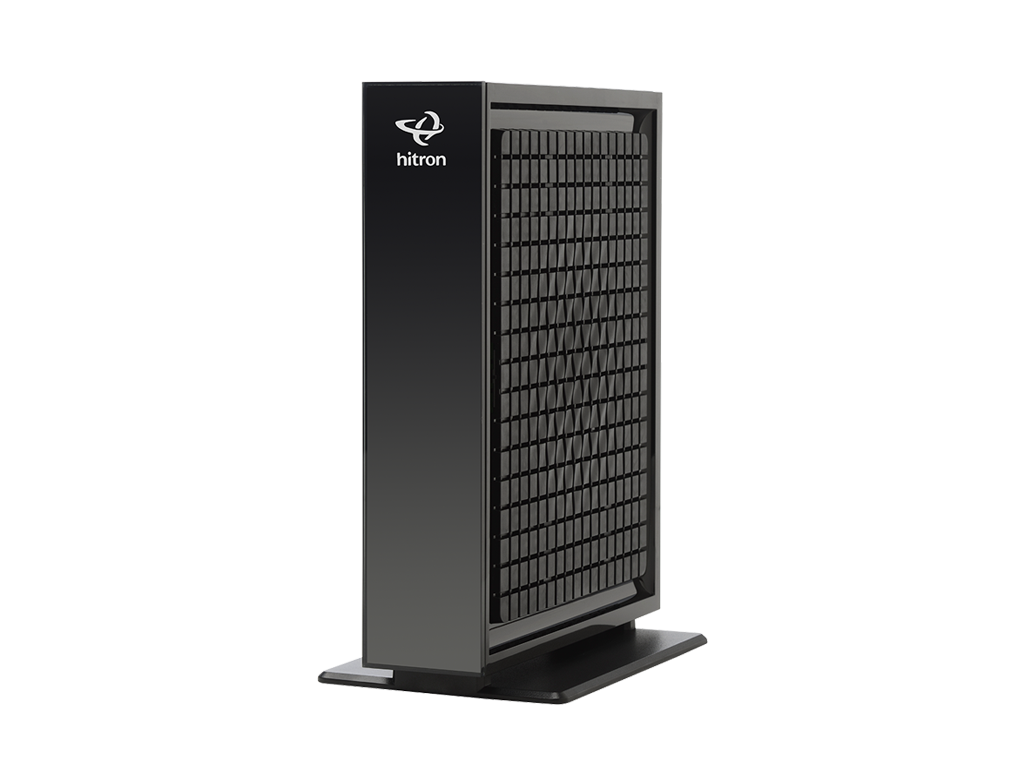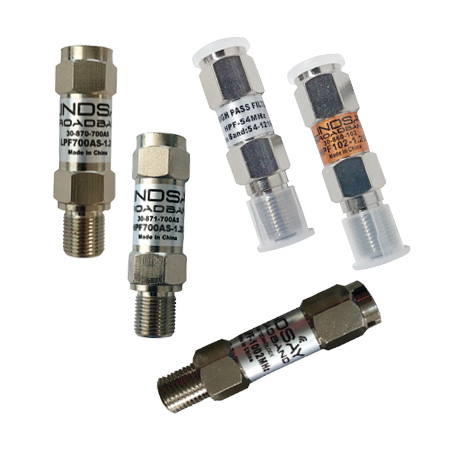krkaufman
Very Senior Member
Just so we’re on the same page, what was the issue needing correction (addressed by a modem change)?Spectrum sent me another modem. But that didn't fix the issue.
Last edited:
Just so we’re on the same page, what was the issue needing correction (addressed by a modem change)?Spectrum sent me another modem. But that didn't fix the issue.
Operating the MoCA 2.5 adapters at D-High (1350-1675 MHz) would possibly give you 3 bonded channels, so 1200 Mbps shared max. (So at least moving beyond the 800 Mbps bottleneck discussed in the OP.)So I just ordered 3 GoCOAX 2.5 MOCA adapters and an Antronix 5-1675 3- way(attic) and 2-way(living room) splitters. I will have to run them on Band -D High. Any idea of what bandwidth I might see out of this setup?
So I looked up the modem specs (Hitron EN2251). It shows it has a build in MOCA shield actually. It's running at 5-1218mhz. So I have the Gocoax adapters on the way as well as some new moca cert splitters. Once I put the new MOCA adapters in Band-D High all should be goodOperating the MoCA 2.5 adapters at D-High (1350-1675 MHz) would possibly give you 3 bonded channels, so 1200 Mbps shared max. (So at least moving beyond the 800 Mbps bottleneck discussed in the OP.)
As stated previously, if your provider is really beginning to use expanded DOCSIS 3.1 frequencies above 1002 MHz, the best plan, if at all possible, is getting the DOCSIS feed isolated from the MoCA coax. And if they’re not and the D3.1 modem is just getting flaky with MoCA signals hitting its circuitry, a MoCA filter installed directly on the modem’s coax port is a good workaround until you can get the modem feed isolated (and ready for DOCSIS 3.1+), allowing you to operate the MoCA adapters at full capacity.
When you swapped modem’s, did you retain the MoCA filter on the D3.1 modem’s coax port? If not, get it back in place per your diagram.I turned off all MOCA adapters and wouldn't you know, internet is alive again
Got a link for that?So I looked up the modem specs (Hitron EN2251).

 us.hitrontech.com
us.hitrontech.com
Sorry I forgot to mention I removed all POE moca filters. It caused error lights on the modem when I had it attachedWhen you swapped modem’s, did you retain the MoCA filter on the D3.1 modem’s coax port? If not, get it back in place per your diagram.
‘gist: If simply shutting off your MoCA adapters allowed your modem to stabilize, then:
1) The new modem does appear to be sensitive to MoCA signals;
2) If you hadn’t removed the “PoE” MoCA filter, then it’s still unknown whether your download service either requires or is using frequencies above 1002 MHz, since those would be blocked by the “PoE” MoCA filter.
You should be able to do this with your current bonded MoCA 2.0 adapters, as well.Once I put the new MOCA adapters in Band-D High all should be good
With the MoCA filters all removed (and MoCA adapters presumably powered-off), can you access the modem’s UI to check the frequencies in-use for the upstream and downstream channels?Sorry I forgot to mention I removed all POE moca filters. It caused error lights on the modem when I had it attached
With the MoCA filters all removed (and MoCA adapters presumably powered-off), can you access the modem’s UI to check the frequencies in-use for the upstream and downstream
The tech was monitoring it and saw error codes. So they sent me a new one thinking that was the issue.Just so we’re on the same page, what was the issue needing correction (addressed by a modem change)?
I did this actually with current adapters but they seemed to be limited to 100mbps in that modeWith the MoCA filters all removed (and MoCA adapters presumably powered-off), can you access the modem’s UI to check the frequencies in-use for the upstream and downstream channels?
edit: And do you have any means of testing your download max speed (wired to the modem)?
Yes I'll test here soon. Got hit with covid so it put me behindWith the MoCA filters all removed (and MoCA adapters presumably powered-off), can you access the modem’s UI to check the frequencies in-use for the upstream and downstream channels?
edit: And do you have any means of testing your download max speed (wired to the modem)?
I’d take it up with the vendor if their product can’t meet the basic spec. (Somewhat moot with the goCoax adapters enroute, of course.)I did this actually with current adapters but they seemed to be limited to 100mbps in that mode
But whether you do so with the current or goCoax adapters, you’ll then face the issue of your MoCA signals escaping from your home in the absence of a “PoE” MoCA filter.
That's not a concern with the MPS right?I’d take it up with the vendor if their product can’t meet the basic spec. (Somewhat moot with the goCoax adapters enroute, of course.)
The more critical bit from that post was the latter part:
You’d have to check with your Internet provider. MoCA privacy may alleviate some security concerns, but the Internet provider may not be thrilled with customer MoCA signals coming onto their lines. And, aside from the loss of the performance benefit of the “PoE” MoCA filter, MoCA signals from neighboring networks may begin to affect performance.That's not a concern with the MPS right?
Got an update for you. I replaced all 3 adapters with the latest Gocoax 2.5 ones. Set them all in Band-D High only. LOF to 1400(this is what the translite documentation recommends). Same issue. Once I introduce the 3rd adapter, the speed gets capped at 95mbps. So after looking at the MOCA chart(attatched) I can see why they recommended 1400. But, I decided to try 1300 for the extra channel bandwidth and still roughly 82mhz away from DOCSIS 3.1(1218mhz). All of a sudden with the 3 adapters connected I now have my gigabit LAN back over MOCA. Seems to be working OK along side the modem. Maybe I'll try 1350 instead, idk. But this worked for me. Internet speed tests are back at 700-800 mbps. That's the most I seem to get from Spectrum's (up to a gig) speed lol.You’d have to check with your Internet provider. MoCA privacy may alleviate some security concerns, but the Internet provider may not be thrilled with customer MoCA signals coming onto their lines. And, aside from the loss of the performance benefit of the “PoE” MoCA filter, MoCA signals from neighboring networks may begin to affect performance.
What your ISP should have also provided was a customized MoCA filter, with pass- and stop-bands adjusted for DOCSIS 3.1 “initial rollout.”
Are these speed tests still only being conducted on the gaming PC linked to the router via MoCA? Do you have any ability to test the speeds via a PC/laptop hard-wired via Ethernet to your main router or modem?But this worked for me. Internet speed tests are back at 700-800 mbps.

That’s definitely not a filter to use with DOCSIS 3.1 “initial rollout.” Those specs do explain the model number including “700”; filter cuts off signals above 700 MHz.Insertion Loss:
5-700 MHz 3.5 dB Max
770-1218 MHz 46 dB Min

Welcome To SNBForums
SNBForums is a community for anyone who wants to learn about or discuss the latest in wireless routers, network storage and the ins and outs of building and maintaining a small network.
If you'd like to post a question, simply register and have at it!
While you're at it, please check out SmallNetBuilder for product reviews and our famous Router Charts, Ranker and plenty more!
